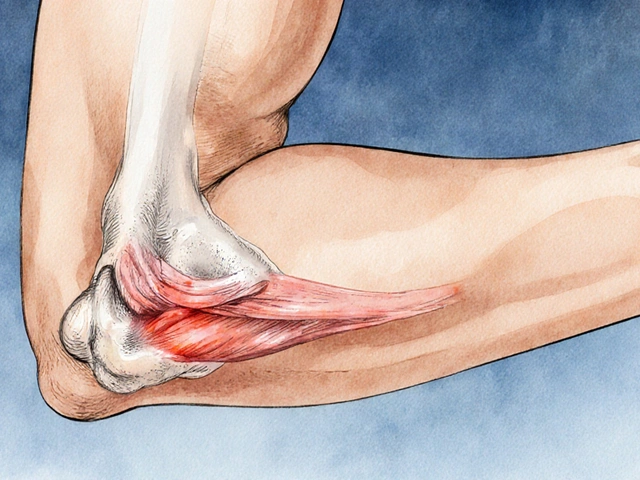Diuretics: Quick Guide to How They Work and When to Use Them
Ever wonder why your doctor might hand you a “water pill”? Those are diuretics, medicines that help your kidneys dump extra fluid. They’re a go‑to for high blood pressure, swelling from heart problems, and even some kidney issues. The basic idea is simple: increase urine output so the body holds less water and salt. Less fluid means lower pressure on the heart and less swelling in the legs.
Common Types of Diuretics
Not all diuretics act the same. The three big families are loop diuretics, thiazide diuretics, and potassium‑sparing diuretics. Loop diuretics, like furosemide (Lasix) and bumetanide, hit the kidney’s loop of Henle – the part that reabsorbs the most salt. They’re the strongest and are used when you need a quick, big fluid loss, such as in acute heart failure.
Thiazides, such as hydrochlorothiazide and chlorthalidone, work farther down the kidney tubule. They’re milder but great for everyday blood‑pressure control. Because they’re less aggressive, doctors often combine them with other meds for a balanced effect.
Potassium‑sparing diuretics, like spironolactone or triamterene, keep more potassium in your bloodstream. Too much potassium loss can cause muscle cramps or heart rhythm problems, so these are useful when you need a gentler fluid shift and want to protect potassium levels.
Tips for Safe Use and Managing Side Effects
Diuretics are handy, but they can stir up a few issues if you’re not careful. The most common side effects are extra trips to the bathroom, low potassium, and a rise in blood sugar for some people. To keep things smooth, drink the amount of water your doctor recommends – not too little, not a flood.
Check your blood pressure and weight regularly. A sudden drop in weight could mean you’re losing fluid too fast, which can make you dizzy or cause low blood pressure. If you feel light‑headed, stand up slowly and let your body adjust.
Because potassium levels can swing, many doctors suggest eating potassium‑rich foods like bananas, oranges, or potatoes while on a thiazide or loop diuretic. If you’re on a potassium‑sparing diuretic, watch out for foods high in potassium if you have kidney problems – too much can be just as risky.
Always tell your pharmacist about other meds you take. Some drugs, especially NSAIDs or certain blood‑pressure pills, can blunt a diuretic’s effect or raise the risk of kidney strain. A quick chat with your doctor about any new supplements can save headaches later.
Finally, keep an eye on your lab results. Regular blood tests let your doctor see sodium, potassium, and kidney function numbers. Adjustments are easy when you have fresh data, and you’ll stay on track without surprise side effects.
Diuretics are powerful tools when used right. By knowing the type you’re on, watching your fluid intake, and staying on top of labs, you can reap the benefits – lower blood pressure, less swelling, and a healthier heart – without the hassle of unwanted side effects.






